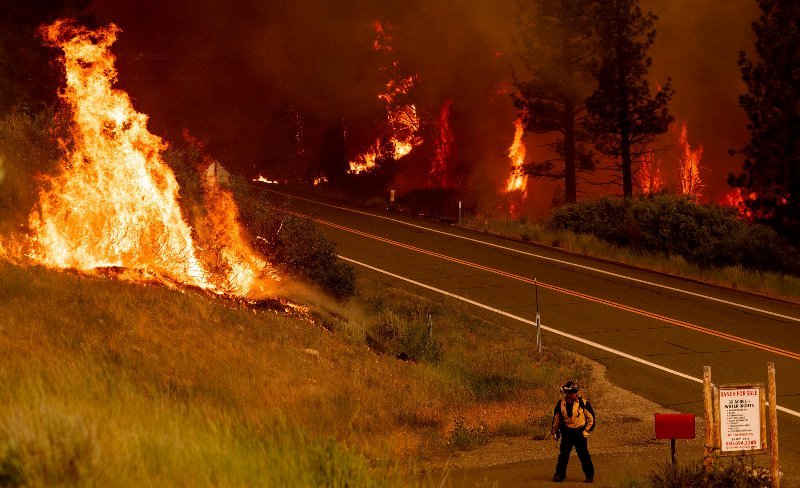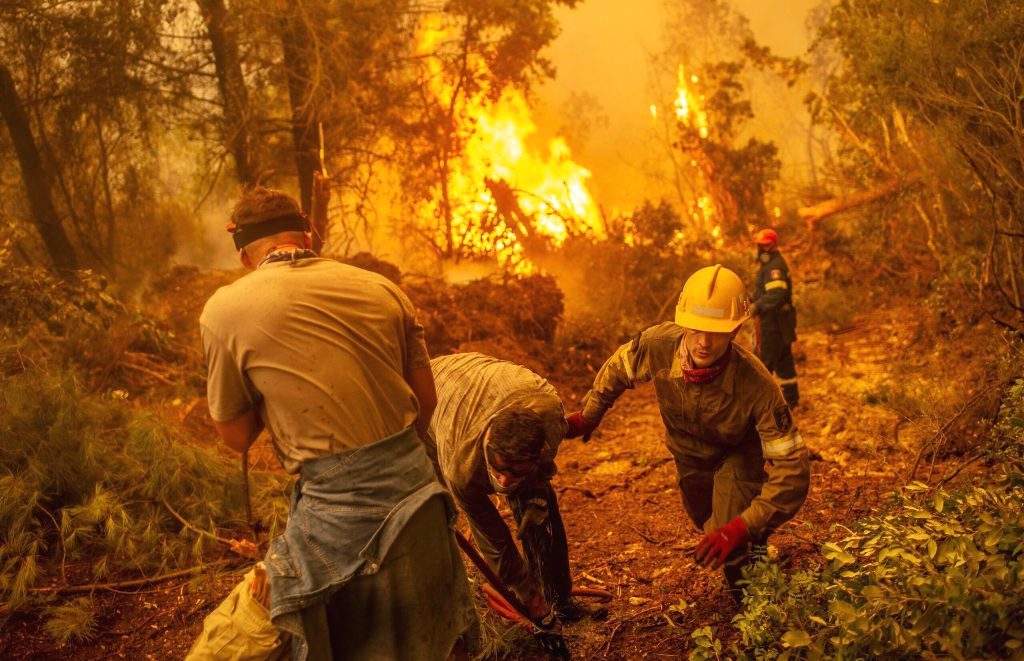A new study shows that the combination of extreme heat and wildfire smoke can increase the risk of hospitalizations for heart and lung problems, especially for low-income and non-white communities.
Climate change is making both heatwaves and wildfires more frequent and intense in the American West. This means that more people are exposed to the double threat of high temperatures and polluted air at the same time.

The study, published on Feb 2 in the journal Science Advances, was led by researchers from the Scripps Institution of Oceanography at the University of California, San Diego. They analyzed state data on hospitalizations and environmental measurements of heat and smoke from 2006 to 2019.
They found that the combined effect of heat and smoke was greater than the sum of their individual effects. In other words, heat and smoke together can harm your health more than heat or smoke alone.
Both heat and smoke can cause serious health problems on their own. Heat can stress your heart and make you dehydrated. Smoke can irritate your lungs and make you cough or wheeze. But when you face both at the same time, your body has to work harder to cope. The researchers explained that these can cause inflammation in your body, which can affect your blood vessels and organs. This can increase your risk of heart attacks, strokes, asthma, and other diseases.
The study also found that staying indoors may not protect you from the effects of heat and smoke, unless you have air-conditioning and air filters. Dr Tarik Benmarhnia, one of the authors of the study, said that air pollution can get inside your home and mix with other indoor pollutants, such as dust, mold, or chemicals.
“Air pollution doesn’t stay politely outside,” he said. “It gets inside, interacts with a lot of indoor air pollutants and can lead to a lot of issues.”
California Regions and communities were more vulnerable
The study showed that some regions and communities in California were more vulnerable to the impacts of heat and smoke than others.
The Central Valley and the far north of the state, where agriculture and forestry are dominant, experienced more days of extreme heat and smoke than other areas. These regions also have higher rates of poverty, lower levels of education, and less access to health care and green spaces.
The researchers found that the size of the compounding effect of heat and smoke was larger in these areas, as well as in areas with higher proportions of non-white residents. This suggests that socio-economic and racial factors play a role in how people cope with climate hazards.
The researchers said that their findings have implications for public health policies and practices. They suggested that authorities should issue joint warnings for heat and smoke, instead of separate ones, to alert people of the increased risk.
They also recommended that officials should lower the threshold for issuing air quality alerts on hot days, since even moderate levels of pollution can be harmful when combined with heat.
A spokesperson for California’s Air Resources Board said that the agency was working on new educational resources in 2024 to help residents protect themselves from the effects of heat and smoke.
The spokesperson also urged people to take action to reduce greenhouse gas emissions, which are the main cause of climate change and its consequences.

Leave a Reply